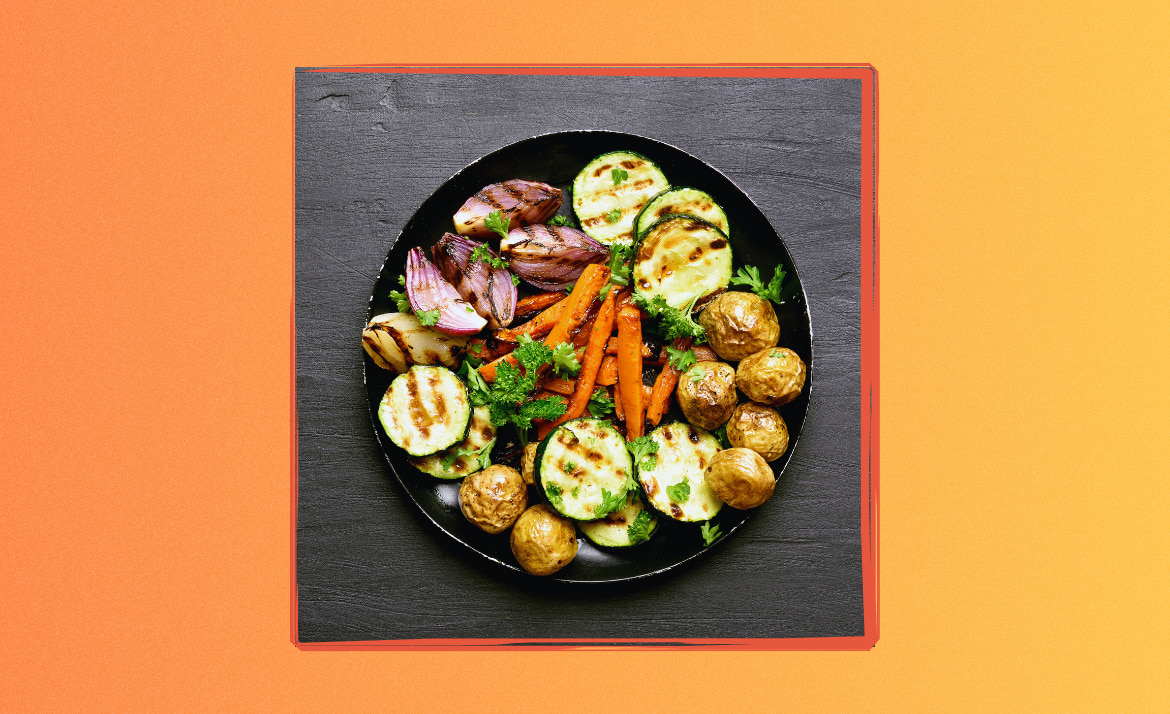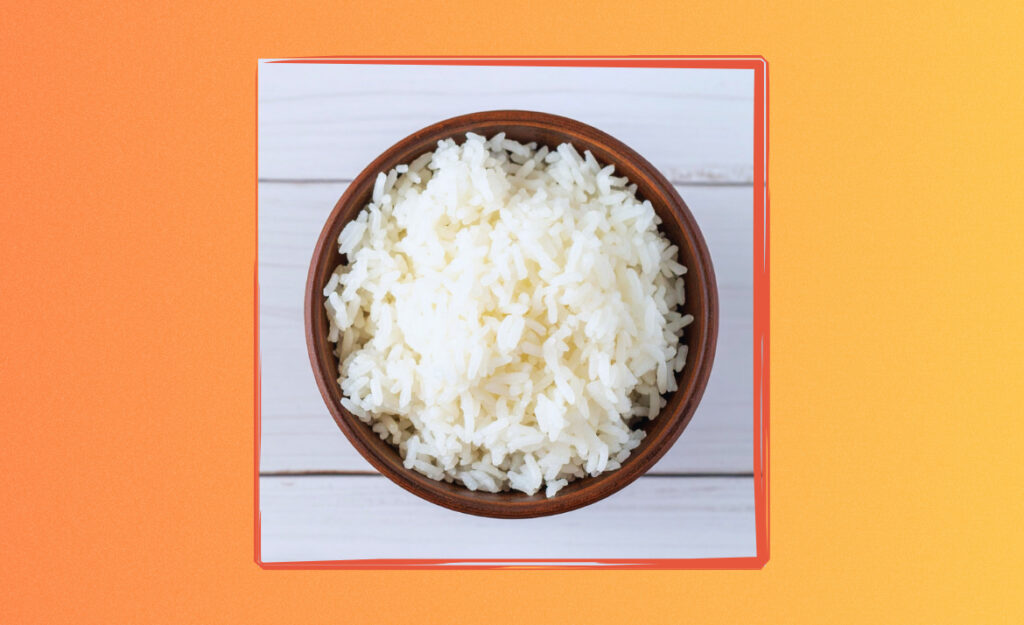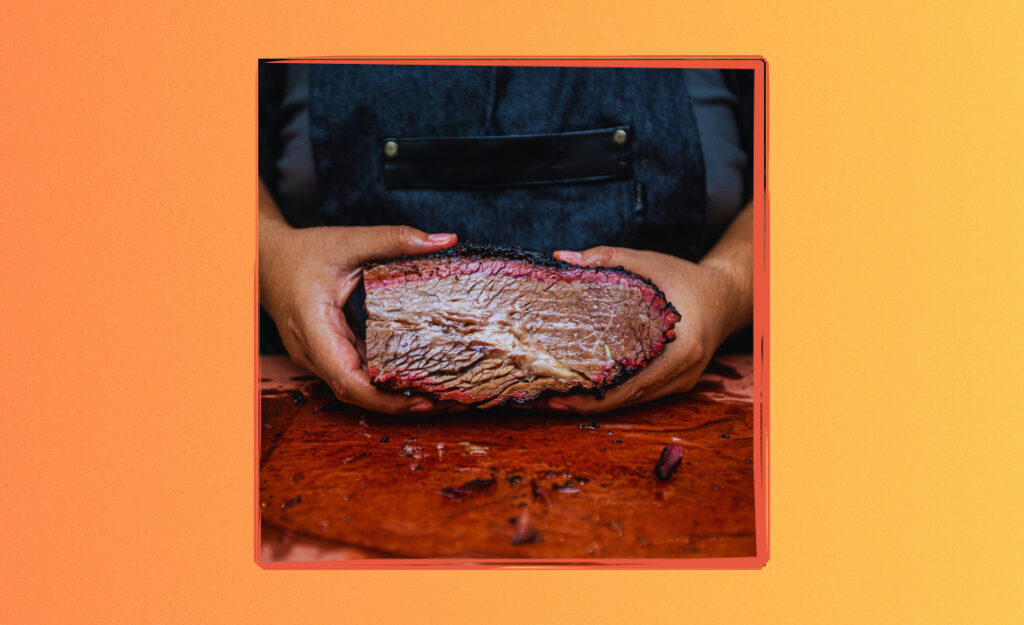
Nothing’s more satisfying than a plate of vibrant, flavorful vegetables. You try a dozen ways, but one small misstep means mushy carrots or tasteless broccoli. Learning to cook vegetables perfectly, no matter your kitchen, transforms every meal you make.
Cooking vegetables matters for taste, nutrition, and that unbeatable fresh crunch. Home cooks everywhere want dependable outcomes—crisp green beans, creamy sweet potatoes, and bright greens that hold their color. There’s a method for every situation, from weeknight dinners to special occasions.
This guide reveals clear steps, smart techniques, and the why behind each trick. Come along to discover how to cook vegetables perfectly every single time for texture, color, and flavor that wakes up your table.

Keep Vegetables Crisp Even After Cooking
Discover proven ways to keep vegetables crisp even after cooking.Timing Each Step Delivers Restaurant-Level Results Right at Home
Getting the timing right—down to the minute—lets you achieve that snap in green beans or soft-yet-velvety texture in squash. Treat each vegetable with care, since fifteen seconds changes everything.
Precise timing ensures your produce never loses nutrients, color, or flavor in the pan. You’ll turn out reliable, crowd-pleasing sides and mains just by tracking the clock with specific cues for each type.
Blanching: Lock in Color Before Sautéing or Roasting
Picture asparagus plunged into boiling salt water, then shocked in ice. This fast step fixes color and texture. Use it for broccoli, beans, or leafy greens before they hit the skillet.
Drop trimmed vegetables into rapidly boiling water for one or two minutes—no longer. Watch for a color shift, then lift out with tongs and dunk in ice water immediately. This keeps them crisp-tender, never soggy.
After blanching, the vegetables take on oils, vinegars, or dressings much better. Try tossing blanched green beans in garlicky olive oil for a colorful, quick side.
Steaming: Gentle Heat Means No Mushiness
For vegetables that need to keep shape, steaming offers control. Picture a bamboo basket or metal insert keeping florets above the water. The result: even cooking, pure flavor, no waterlogging.
Set chopped carrots, cauliflower, or green beans in a steamer basket above simmering water. Cover and check after a few minutes—they should resist slightly when pierced. Remove promptly so they won’t overcook in trapped heat.
Serve steamed vegetables right away or chill for salads. The subtle process means every bite pops with natural sweetness and color.
| Vegetable | Blanching Time | Steaming Time | Takeaway: Best Use |
|---|---|---|---|
| Green Beans | 2 min | 4 min | Best crisp-tender for salads or sautés |
| Broccoli Florets | 1.5 min | 5 min | Blanch for vivid color; steam for gentle texture |
| Asparagus | 1 min | 3 min | Blanch before roasting or grilling; steam for pure eating |
| Carrots | 2.5 min | 6 min | Steam for soups; blanch for snacking |
| Sugar Snap Peas | 30 sec | 2.5 min | Best blanched for bright stir-fries |
The Right Cut Shapes Texture, Cooking Time, and Flavor Uptake
Choosing the right knife and cut size gives you control. A coin-thick carrot slice or a paper-thin piece of zucchini cooks at a different speed—and absorbs flavors differently—than a chunky wedge.
You shape the entire eating experience with a chef’s knife in hand. Try chopping equal sizes for even heating, or go big for slow-cooked stews where melting texture is the goal.
Consistent Sizing: Evenly Cut Equals Evenly Cooked
When you make every piece the same size, you remove guesswork. Instead of poking and prodding for readiness, use your knife as the timer for your pan or oven.
- Chop carrots and potatoes into half-inch dice for hearty soups—each cube softens together, never over- or underdone.
- Slice zucchini or eggplant into quarter-inch rounds for quick skillet work—thin pieces cook in a flash and take on sauces faster.
- Matchstick bell peppers for fajitas means bright, quick bites with the perfect sear. Strips grill quickly and keep their crunch.
- Cutting broccoli into smaller, equal florets means no stalky bits left raw. Everything turns sweet and tender at once.
- For stir-fries or sautés, stick to bite-sized pieces—no one wants to fish for overcooked odds and ends.
Stand back and survey your work: it becomes clear which meals will shine with a uniform look and taste.
Texture: Slicing Dictates Crunch, Cream, or Char
Slicing thin means more char and softer texture. Try it with Brussels sprouts—halve, then thinly slice. When roasted, you’ll get crispy edges and a gentle creamy bite inside.
- Thin-cut carrots roast to caramelized ribbons—skip your peeler and slice crosswise for sweet, charred coins.
- Chunky cauliflower florets emerge soft inside when cut big—go half-inch thick for creamy, settled browning.
- Slender green beans, trimmed and left whole, keep their snappy bite—perfect for barely-cooked salads or quick stir-fries.
- Mince garlic into tiny pieces for widespread flavor—no burnt bits and each bite gets a subtle pop.
- For roasting, chunk sweet potatoes into two-inch pieces for buttery centers with crisp edges.
The cut you choose is like setting the dial—finer for speedy dishes, bigger for longer cooks where texture rules.
Pan, Oven, or Grill: Choose Your Heat Source for the Dish You Want
Deciding on your cooking tool impacts the whole dish. Sauté pans lock in caramelization, ovens bring consistent browning, and grills deliver smoke and char for another level of flavor.
Use each method to enhance the qualities of your chosen vegetable without losing what makes each unique.
Quick Sauté: Get Caramelized Edges Fast
Set the skillet over medium-high and preheat for a minute. Toss in oil, swirl, and add chopped vegetables. You’ll spot a sizzle and smell the sugars caramelizing—stir just enough to brown evenly.
If you crowd the pan, steam builds up and softness replaces caramelized crunch. Leave room so each piece browns. Sprinkle salt halfway through for even seasoning on each side.
Finish with fresh herbs or a squeeze of citrus off-heat. This helps the flavor shine and provides that restaurant-style finish every cook loves.
Oven Roasting: Deep Flavor with Low Effort
Preheat the oven to 425 degrees and line a baking sheet. Toss bite-sized vegetables in oil and salt, spreading them in a single layer. Space is key—crowding steams instead of roasts.
You’ll notice vegetables caramelizing at the edges, with browning on the bottom. Give them an occasional toss. Roasting brings out sweetness and deepens flavor for root vegetables, squash, and cruciferous types.
Use this for carrots, Brussels sprouts, and beets: the transformation lifts up every meal, no stirring required. For extra appeal, add a spice or two halfway through.
Seasoning and Finishers Bring Every Batch to Life
Every vegetable shines brighter with balanced seasoning. Even salt and pepper matter—a sprinkle at the end pulls out hidden sweetness and tempers bitterness. Layer flavors with citrus, herbs, or a tangy drizzle for a finish worthy of a chef’s kitchen.
Pairing seasonings with each vegetable elevates the plate, so try bold ideas and subtle tweaks that fit your meal.
Citrus, Vinegars, and Acids: The Secret to Vibrance
Think of the way lemon lifts asparagus or how a drizzle of balsamic perks up roasted squash. Acids brighten flavors instantly, so use them just as vegetables leave the heat.
Squeeze fresh citrus over steamed greens for color and sparkle. Add a few drops of sherry or wine vinegar to root veggies before serving. These add depth while cutting through starchy richness.
One tip: avoid acid while vegetables cook—wait until the end, so colors stay bright and textures crisp. Add, taste, and adjust for magic on every plate.
Herbs and Spices: Layered Aromatics for Memorable Plates
Crush rosemary, slice basil, or toss in chopped parsley as a finishing touch. This step gives vegetables a burst of fragrance and makes every forkful special.
Try thyme with sweet potatoes, cilantro atop zucchini, or smoked paprika on garlicky greens. Each pairing complements the vegetable, drawing out subtle qualities and encouraging you to experiment.
Add fresh herbs off-heat for sharpness. For ground spices, toast them quickly in oil before adding vegetables—this wakes up their flavors and fills your kitchen with warmth.
Real-Life Timing: From Fridge to Table in 20 Minutes
You can cook vegetables perfectly without extra equipment or endless prepping. Grab a handful from the fridge and start timing—your results can rival any restaurant with the right rhythm.
Planning for weeknights or gatherings is easier when you use efficient steps. Try a rapid method with your go-to vegetables, adjusting as you learn your stove and taste preferences.
Weeknight Stir-Fry: Fast, Flexible, Delicious
Toss chopped broccoli, bell pepper, and carrots into a hot pan with a little oil. Listen for the sizzle; stir gently every 20 seconds. In five minutes, the vegetables become bright, slightly crisp, and ready for sauce.
Keep this rhythm: add sturdy vegetables first, cook for two minutes, toss in softer picks, finish with greens. This process means each type keeps its texture and color without overcooking.
To finish, splash with soy, a squirt of lemon, or a pinch of sesame seeds. Customize seasoning to your taste, and dinner’s ready in under twenty minutes.
Sheet Pan Meals: All-at-Once, Stress-Free Cooking
Layer cut squash, carrots, and onions on a sheet, toss with olive oil, and bake at 425 degrees. Add denser vegetables to the pan first, then lighter ones halfway through roasting for even doneness.
Roast for 15 minutes, stir, test with a fork, and keep an eye on browning. In twenty minutes, the edges caramelize and inside becomes creamy—no stirring or micromanagement required.
Swap ingredients based on what’s on hand—cauliflower in place of squash, or leeks instead of onions. Sheet pans guarantee even, reliable results while you multitask.
Adapting to Dietary Preferences Without Losing Flavor or Texture
If you follow vegan, low-salt, or oil-free approaches, you can still cook vegetables perfectly every time. Rely on different methods to unlock taste instead of reaching for default butter or salt shakers.
Every plate can highlight freshness and taste, whether you’re using just herbs or a light splash of vinaigrette.
No-Oil Roasting: Satisfying Crispness, Lower Calories
Arrange vegetables on parchment-lined trays. Mist lightly with water or lemon juice instead of oil—then roast at high heat. Flip once for even browning. You’ll still get crispy exteriors and softened insides with a fraction of the fat.
Add bold herbs or garlic for aroma, or toss with a vinegar-based marinade just out of the oven. These steps create flavor layers and turn even plain potatoes into must-have sides.
If using salt-free seasoning blends, start light. Sprinkle at the very end to control taste and preserve crunch.
Pure Steaming: Highlighting Sweetness Over Fat or Salt
Place a steamer basket over simmering water and spread out vegetables. Cover tightly and steam only until they turn vibrant in color and texture. Resist overcooking—check often for the best balance of taste and bite.
Pair with pepper, citrus, or a handful of chopped herbs. This method fits with plant-based or low-fat diets, letting the innate flavors of each vegetable be the star.
For adventurous cooks, serve steamed veggies with a salsa or herb dressing instead of heavy sauces. This tip adds freshness without masking true flavor.
Revisit Flavor and Skill, Plate After Plate
Cooking vegetables perfectly is repeatable—use timing, cutting, and the right seasoning every day to bring out flavor and crunch. Try new methods, and each meal will get better and more colorful.
Rely on precise technique, what’s in your fridge, and personal taste. Experiment with cuts, seasonings, and heat sources to discover what you enjoy most. Adapt techniques for your next meal—every plate can be a winner.
Revisit this guide whenever you need a refresh or want to cook vegetables perfectly for special guests, family, or just yourself. Fresh, well-cooked vegetables never go out of style; they form the backbone of delicious, memorable meals.
Frequently Asked Questions
- What’s the one mistake that ruins cooked vegetables?
Overcooking is the most common issue. It leads to a dull color, mushy texture, and faded taste. Stop cooking as soon as vegetables turn bright and tender with a little bite. - Is steaming or roasting healthier?
Both methods have benefits. Steaming preserves nutrients and has no added fat, while roasting adds flavor through caramelization. Choose the method that fits the dish and your nutrition goals. - How can I keep vegetables crisp after cooking?
Cool them quickly by spreading them out on a cold tray or dunking them in ice water. Use this technique for salads, meal prep, or make-ahead sides to lock in texture. - Do frozen vegetables cook differently than fresh?
Frozen vegetables are partially pre-cooked (blanched), so use less time and avoid boiling. Toss straight into a sauté pan or roast from frozen for fresh flavor in minutes. - What’s the best oil or fat for high-heat vegetable cooking?
Use avocado or grapeseed oil for high-heat applications—they handle roasting and sautéing without burning. For flavor, add butter or olive oil off-heat as a finish.



